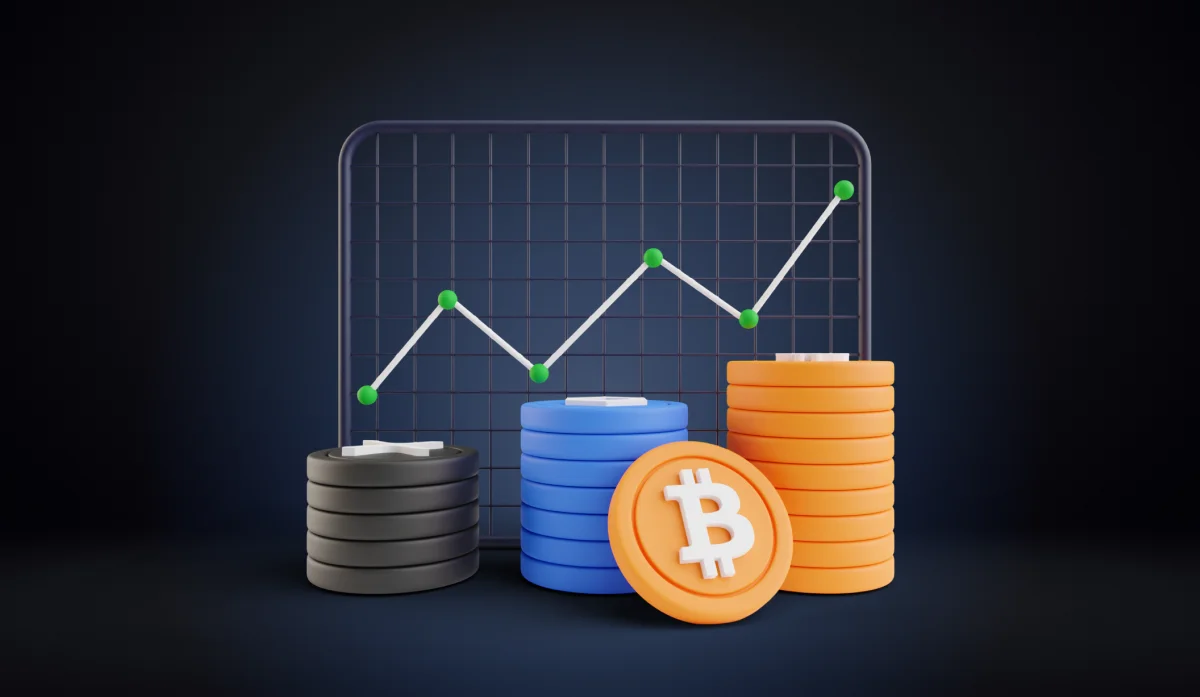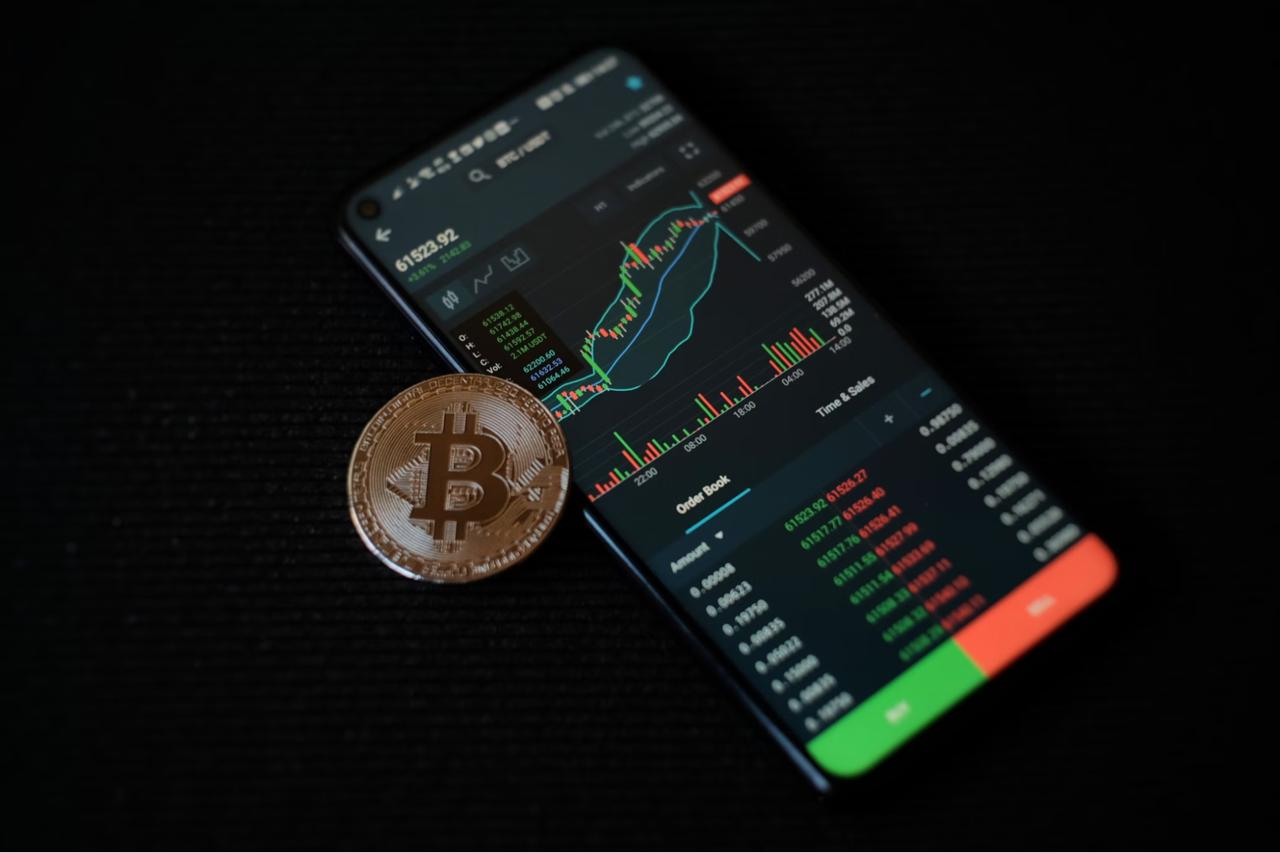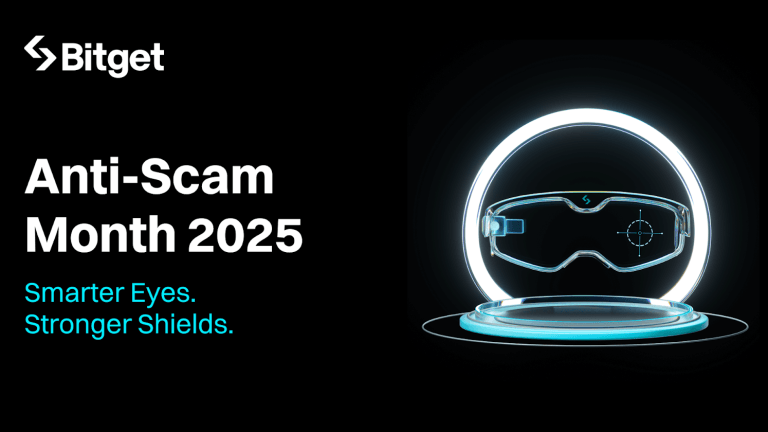Each offers distinct advantages, risks, and ROI profiles. Understanding the differences between mining and staking is crucial for investors aiming to maximize returns in 2025’s dynamic crypto environment.
What Is Crypto Mining?
Crypto mining is the process of validating transactions and adding them to the blockchain ledger. It requires specialized hardware to solve complex mathematical puzzles. In return, miners receive block rewards—newly minted coins and transaction fees.
Bitcoin remains the most mined cryptocurrency, using a Proof-of-Work (PoW) consensus mechanism. Ethereum shifted to Proof-of-Stake (PoS) in 2022, reducing its reliance.
Pros
High Earning Potential: Especially with large operations and access to low electricity rates. Network Security Contribution: Mining secures decentralized blockchains. Long-Term ROI: Particularly for early adopters or those mining in low-cost regions.
Cons of Mining
High Upfront Costs: Mining rigs, cooling systems, and energy infrastructure can be expensive. Environmental Impact: PoW is energy-intensive, drawing criticism and regulatory scrutiny. Declining Rewards: Block rewards halve over time, reducing profitability without hardware upgrades.What Is Crypto Staking?
Staking involves locking crypto assets in a PoS blockchain to support transaction validation and network security. In exchange, stakers receive periodic rewards—typically in the form of the staked coin.
Staking is available on chains like Ethereum, Cardano, Solana, and Polkadot. Validators or staking pools handle the technical aspects, while users earn a portion of the yield.
Pros of Staking
Lower Entry Barrier: No hardware is needed; only a minimum token amount is required. Energy-Efficient: PoS consumes far less energy than mining. Passive Income: Users can earn 4%–15% APY depending on the protocol.Cons of Staking
Lock-Up Periods: Funds are often inaccessible for a set duration. Slashing Risks: Validators acting maliciously or going offline can lead to partial fund loss. Market Volatility: Staked coins can depreciate, reducing real returns despite yield.
Mining vs. Staking ROI in 2025
Return on investment (ROI) depends on market conditions, hardware efficiency (for mining), staking pool fees, and token price performance.
Mining ROI: Profit margins are tighter in 2025 due to higher hash difficulty and global energy costs. Large-scale miners remain profitable, while smaller operations face increasing breakeven challenges. Staking ROI: Staking yields remain strong in 2025, particularly for Ethereum (4.2% average), Solana (7%), and smaller-cap PoS coins offering 10%+ yields. However, inflation and token unlocks may impact long-term profitability.Which Strategy Could be Better in 2025?
The choice between mining and staking largely depends on your resources and risk tolerance:
Choose mining if you have access to cheap energy, technical expertise, and capital for infrastructure. Choose staking if you prefer a hands-off, energy-efficient, and scalable income model. Many investors now diversify by combining both approaches: mining Bitcoin while staking PoS tokens for liquidity and hedging.Conclusion
Both offer pathways to passive income, but the right choice hinges on individual circumstances. In 2025, as regulations evolve and markets mature, staking is becoming more accessible and environmentally sustainable. However, mining still holds relevance for those with the right setup.
For maximum benefit, stay informed on protocol changes, monitor ROI calculations, and reassess strategies regularly. Whether you mine or stake, the potential for steady crypto earnings remains significant—especially for those who understand the trade-offs.
The post Understanding Crypto Mining and Staking: Pros, Cons, and ROI appeared first on Coindoo.














 Bengali (Bangladesh) ·
Bengali (Bangladesh) ·  English (United States) ·
English (United States) ·